Chisels are versatile hand tools used for cutting, carving, and shaping materials such as wood, metal, and stone. Choosing the right chisel for a specific task is essential for achieving precision and quality in your work. This guide will walk you through the different types of chisels and how to use them effectively.
Bevel edge chisels are one of the most common types used in woodworking. They have a thin blade with beveled edges, making them ideal for fine, delicate work like fitting joints, trimming, and paring. These chisels are perfect for getting into tight corners and detailed carving tasks.
How to Use: Bevel edge chisels are typically used with a mallet for controlled cuts. Hold the chisel at a shallow angle when paring and apply even pressure for precise results. When working on joints, ensure the bevel edge chisel fits into the recess without forcing it, which could damage the workpiece.
Mortise chisels are designed for cutting deep, square holes (mortises) in wood. They have thick, sturdy blades that can withstand heavy mallet strikes, making them ideal for cutting through tough materials. These chisels are used in joinery to create mortise and tenon joints, commonly seen in furniture making.
How to Use: Mortise chisels are used with a mallet to create deep cuts. Start by marking the mortise outline on the wood, then make a series of cuts along the marked lines. Gradually chisel out the material inside the mortise, ensuring even and steady pressure with each strike.
Paring chisels have long, thin blades and are used for fine, delicate paring work, such as smoothing surfaces and trimming joints. These chisels are not meant for heavy striking with a mallet but are instead used for hand-controlled, light cuts. The long blade offers excellent control and precision.
How to Use: Paring chisels are used by hand, without a mallet. Hold the chisel at a shallow angle to the workpiece and use smooth, controlled strokes to remove thin layers of material. Paring chisels are ideal for refining the fit of joints and creating clean, precise surfaces.
Firmer chisels have thicker, rectangular blades that make them stronger and more robust than bevel edge chisels. These chisels are designed for general woodworking tasks and can handle heavier work, such as rough shaping and carving. They are suitable for tasks where more force is needed.
How to Use: Firmer chisels can be used with or without a mallet, depending on the task. For heavier cuts, strike the chisel with a mallet, ensuring the blade is held securely. For lighter tasks, use hand pressure to guide the chisel along the workpiece.
Cold chisels are used for cutting and shaping hard materials like metal and stone. They are made from hardened steel and have a flat cutting edge designed to withstand heavy strikes from a hammer. Cold chisels are commonly used in metalworking for cutting through bolts, rivets, and other metal parts.
How to Use: Cold chisels are used with a hammer. Position the chisel on the metal and strike it with the hammer to create a cut. Make sure to wear protective gear, such as safety glasses, to protect yourself from flying metal chips during use.
Gouge chisels have a curved blade, making them ideal for scooping out material and creating concave shapes. They are commonly used in wood carving and sculpting to add intricate details to projects. Gouge chisels come in different sizes and curvatures, allowing for versatility in shaping work.
How to Use: Gouge chisels are typically used by hand, though light mallet strikes can be used for deeper cuts. Hold the chisel at a slight angle and push or pull it along the surface of the material to create the desired curve. Adjust the pressure based on the depth of cut needed.
Q: What is the main difference between a bevel edge chisel and a firmer chisel?
A: Bevel edge chisels are thinner with beveled edges for fine, detailed work, while firmer chisels have thicker, rectangular blades for heavier woodworking tasks.
Q: Can I use a cold chisel on wood?
A: Cold chisels are designed for cutting metal and stone, so they are not suitable for woodworking. For wood, use chisels like bevel edge or firmer chisels instead.
Q: How do I sharpen my chisels?
A: To sharpen chisels, use a sharpening stone or honing guide. Hold the chisel at the correct angle and move it back and forth on the stone to create a sharp, even edge.
Understanding the different types of chisels and how to use them will enhance your craftsmanship and allow you to choose the right tool for each task. With the proper technique and maintenance, chisels can be powerful tools for a wide range of projects.
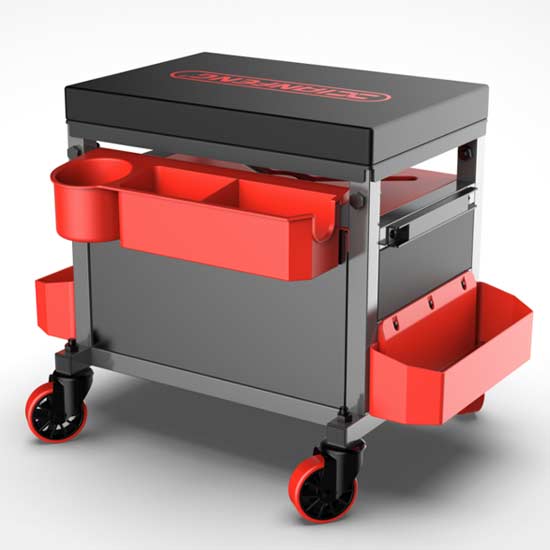 Tool seat
Tool seat
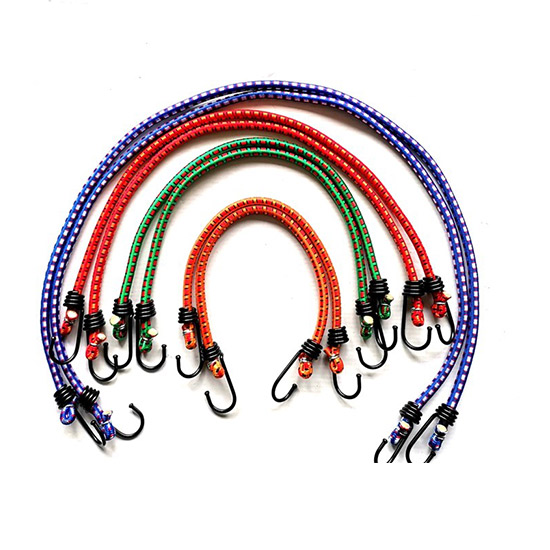 Stretch Cord
Stretch Cord
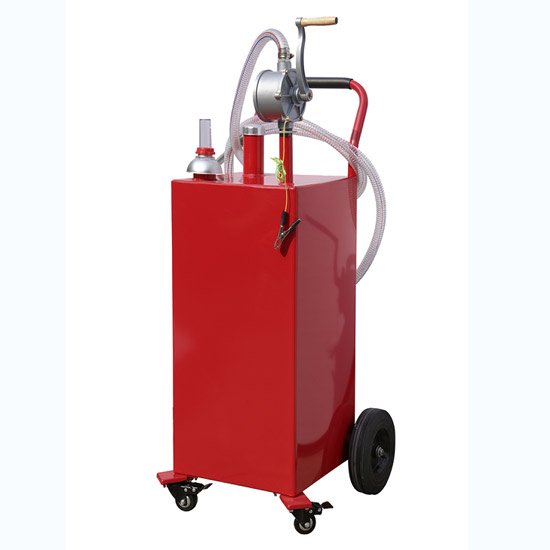 Oil Pump
Oil Pump
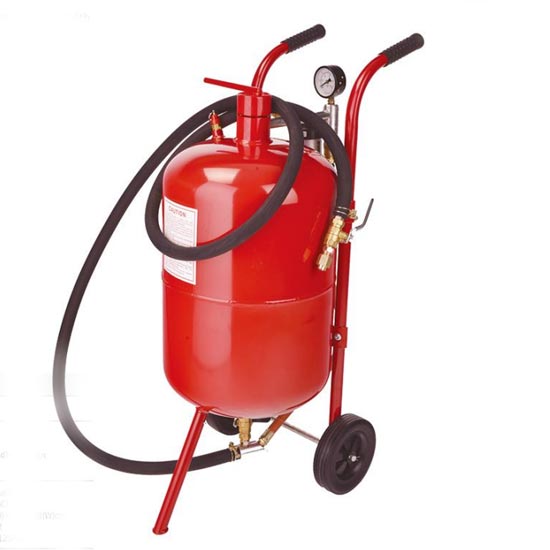 Sandblast Pot
Sandblast Pot
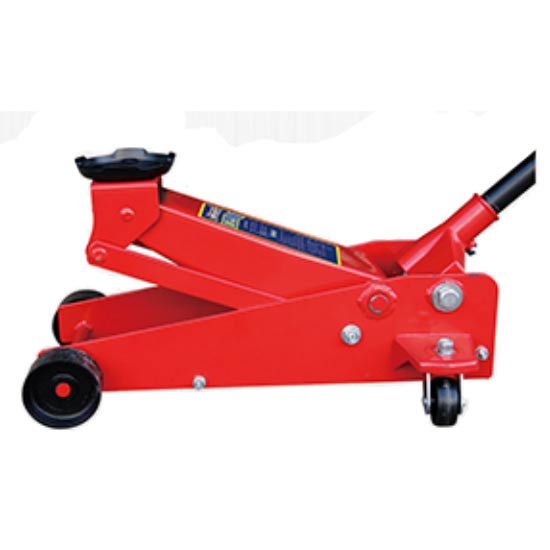 2.25 Ton Hydraulic Floor Jack
2.25 Ton Hydraulic Floor Jack
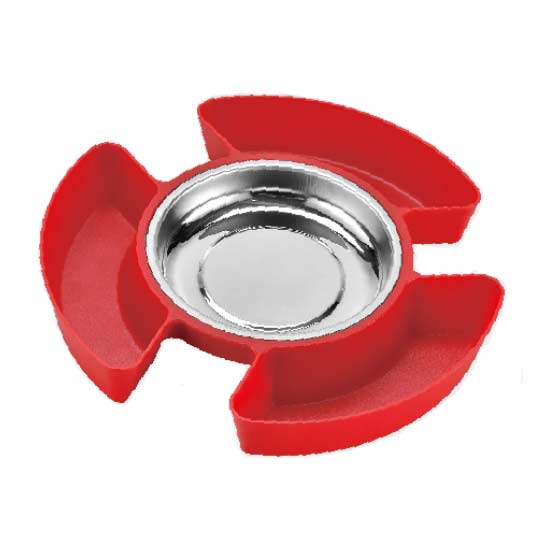 Magnetic Tray With Tool Plate
Magnetic Tray With Tool Plate
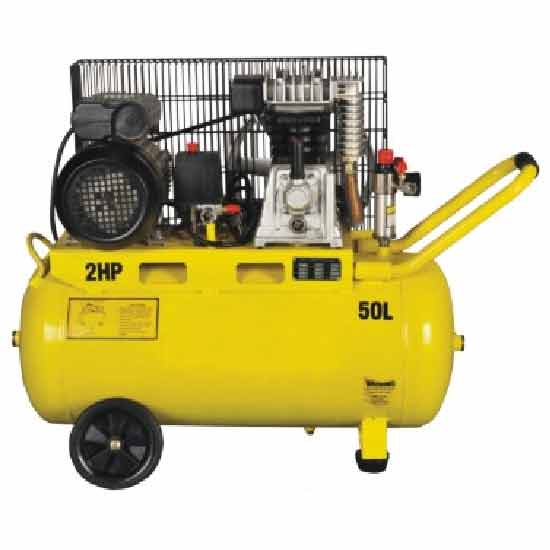 Single-stage Air-cool Movable Air Compressor
Single-stage Air-cool Movable Air Compressor
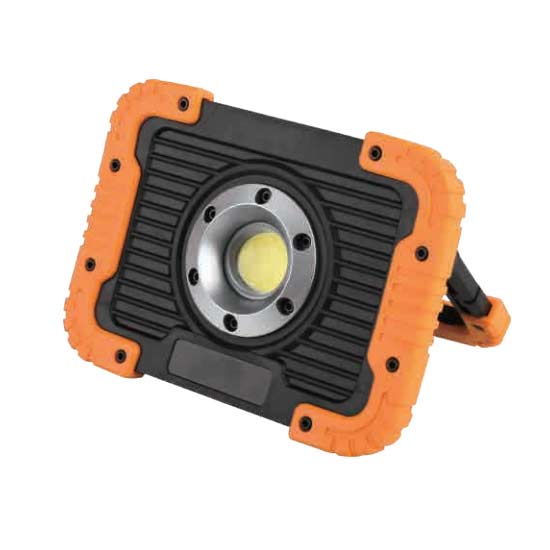 10W Rechargeable Led Flood Light
10W Rechargeable Led Flood Light
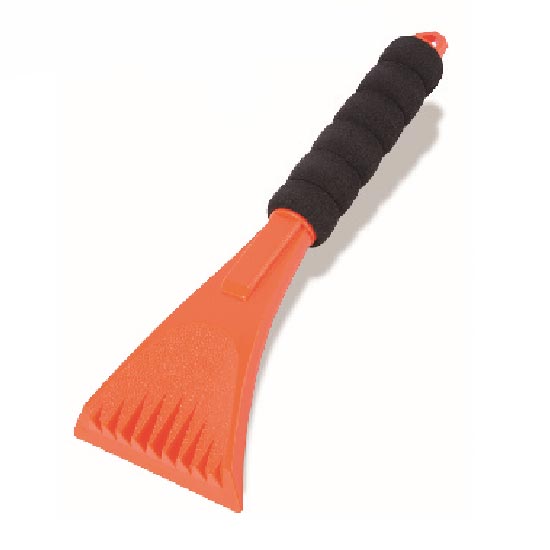 Ice Scraper
Ice Scraper
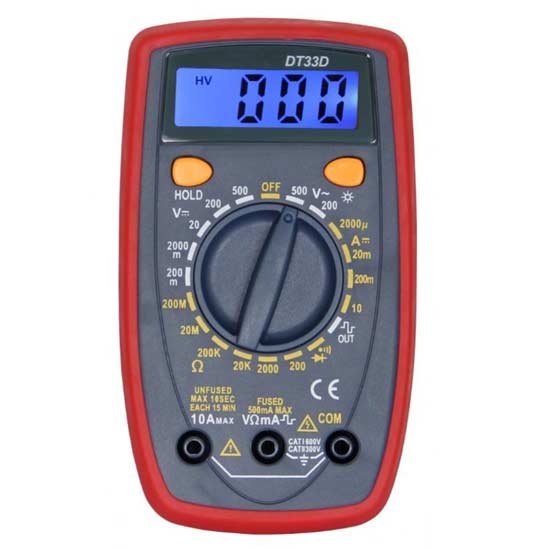 Small Multimeter with Backlight
Small Multimeter with Backlight
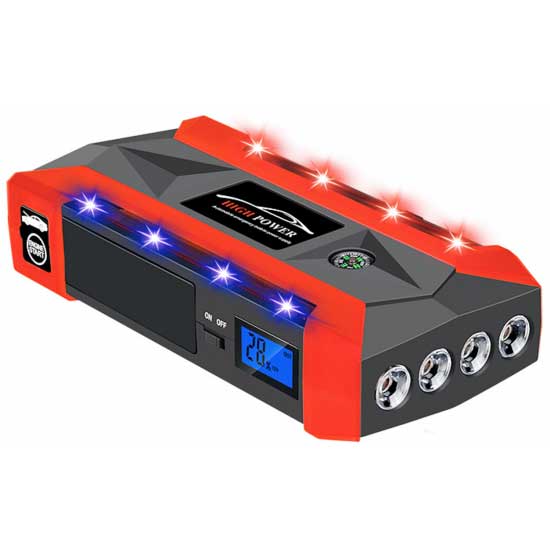 Jump Starter With 4 Led Lights
Jump Starter With 4 Led Lights
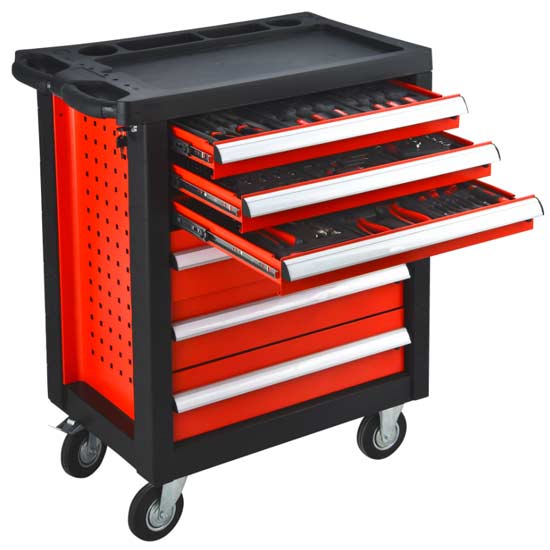 Steel Tool Cabinet
Steel Tool Cabinet
 Large Tool Cabinet
Large Tool Cabinet
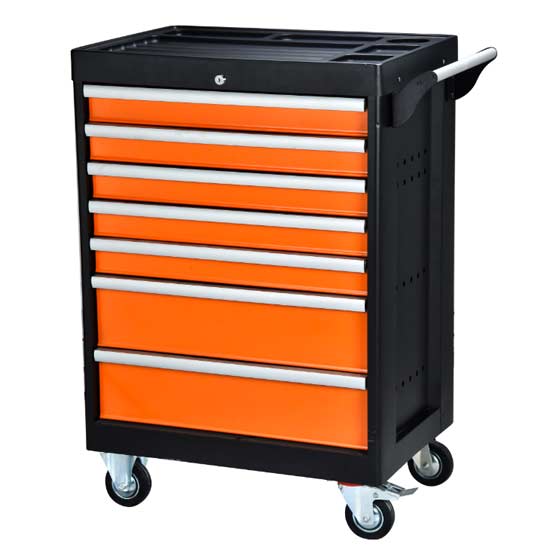 Tool Storage Cabinet
Tool Storage Cabinet
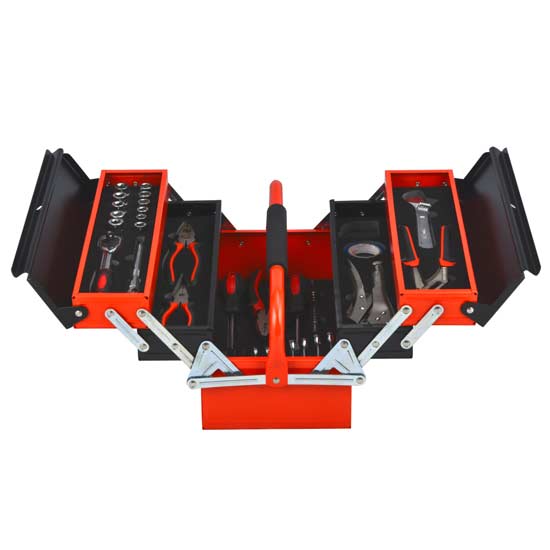 Metal Tool Box
Metal Tool Box
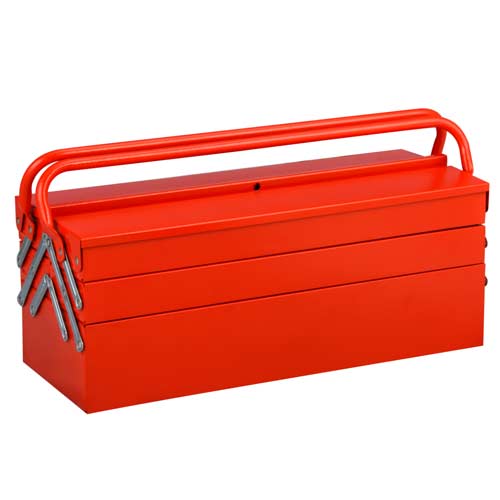 Large Metal Tool Storage Box
Large Metal Tool Storage Box
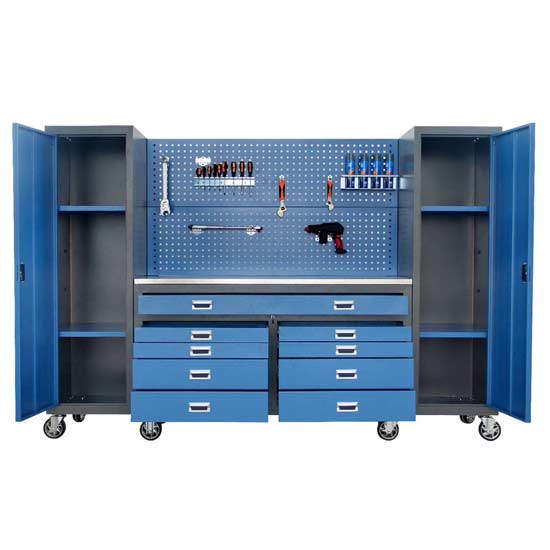 Blue Metal Tool Cabinet
Blue Metal Tool Cabinet
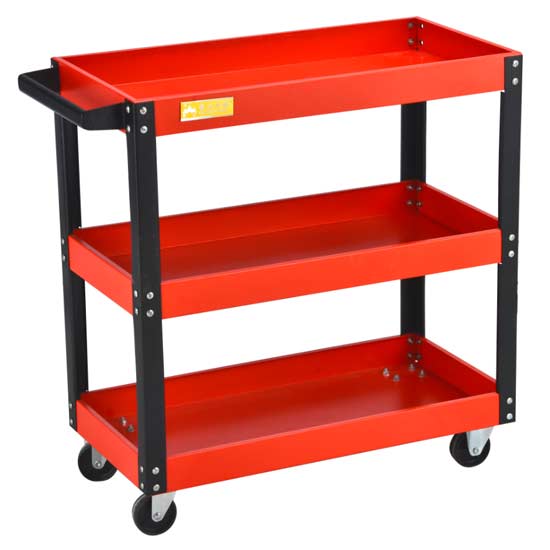 Red Steel Tool Trolley
Red Steel Tool Trolley
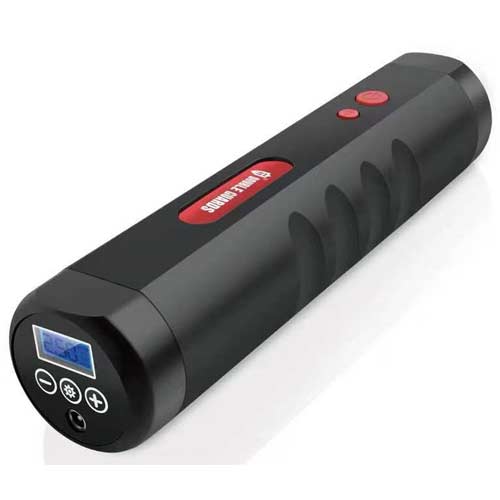 Portable Tire Inflator
Portable Tire Inflator
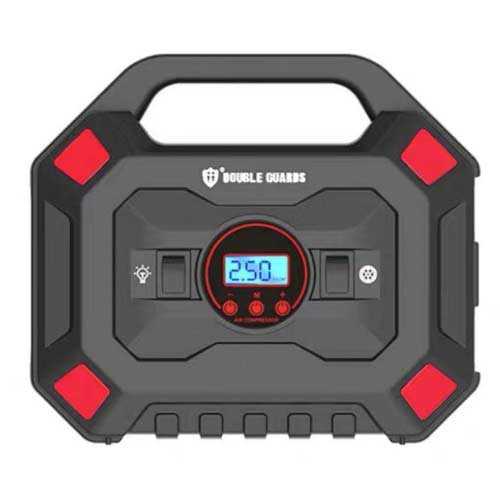 Custom Tire Inflator
Custom Tire Inflator
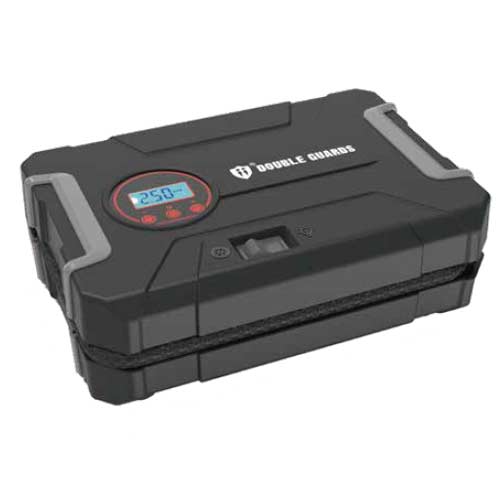 Tire Pressure Pump
Tire Pressure Pump
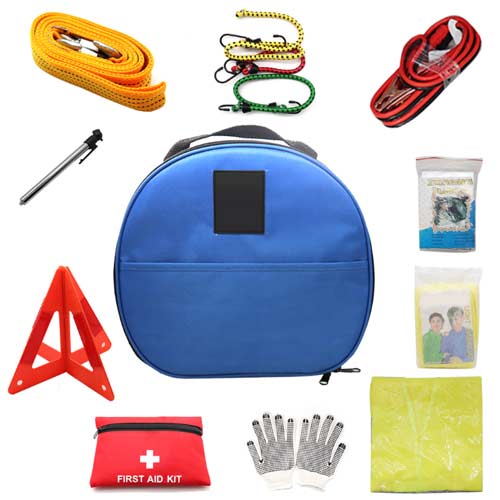 Auto Emergency kit
Auto Emergency kit